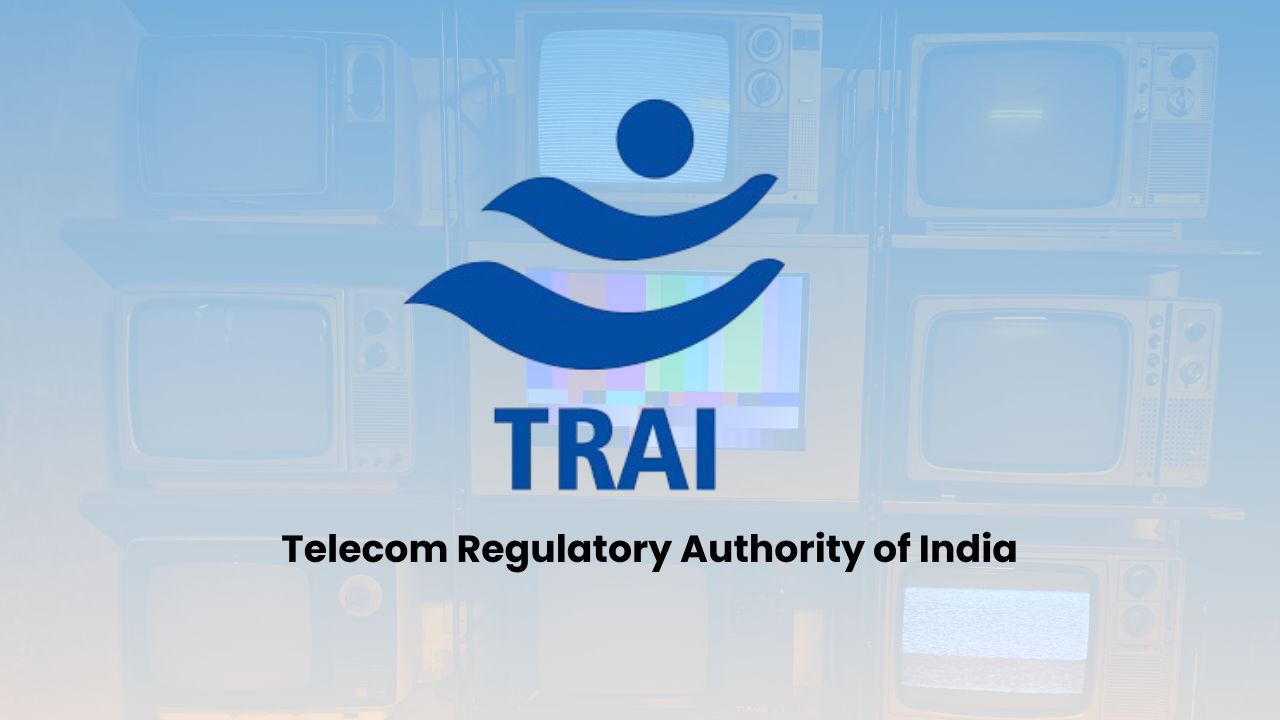The Telecom Regulatory Authority of India (TRAI) has released a draft manual outlining a standardised methodology for assessing and rating properties based on their digital connectivity. This initiative, part of the "Rating of Properties for Digital Connectivity Regulations, 2024", aims to provide a uniform framework for evaluating digital infrastructure in buildings.
In today's digital age, seamless connectivity is essential for both personal and professional activities. With the proliferation of digital technologies, the demand for reliable internet access within buildings has surged. High-frequency networks like 4G and 5G, while offering faster data speeds, often face challenges penetrating building materials, making in-building digital infrastructure crucial.
Framework for Assessing Digital Infrastructure
The draft manual provides a comprehensive methodology for evaluating properties across various parameters, including fibre readiness, mobile network availability, in-building solutions, Wi-Fi infrastructure, and service performance. This structured approach ensures a fair and transparent assessment, facilitating comparisons between properties based on their digital capabilities.
Click here to read what's Not Sci-Fi: Amazon's Robot Can Sense What It Touches
Implications for Property Stakeholders
For property managers and developers, a higher digital connectivity rating can enhance the appeal of their properties to potential buyers and tenants. As digital infrastructure becomes a key consideration for occupants, properties with superior connectivity are likely to command higher market values.
Collaborative Effort for Enhanced Connectivity
TRAI's initiative encourages collaboration among Digital Connectivity Rating Agencies (DCRAs), property managers, and service providers to improve digital infrastructure in buildings. By adopting the guidelines outlined in the draft manual, stakeholders can work together to create a digitally inclusive environment.
Read NVIDIA’s New AI Models Don’t Just Learn—They Think
Invitation for Stakeholder Feedback
TRAI further invites comments and feedback on the draft manual from stakeholders by June 2, 2025. Counter-comments can be submitted by June 9, 2025.




